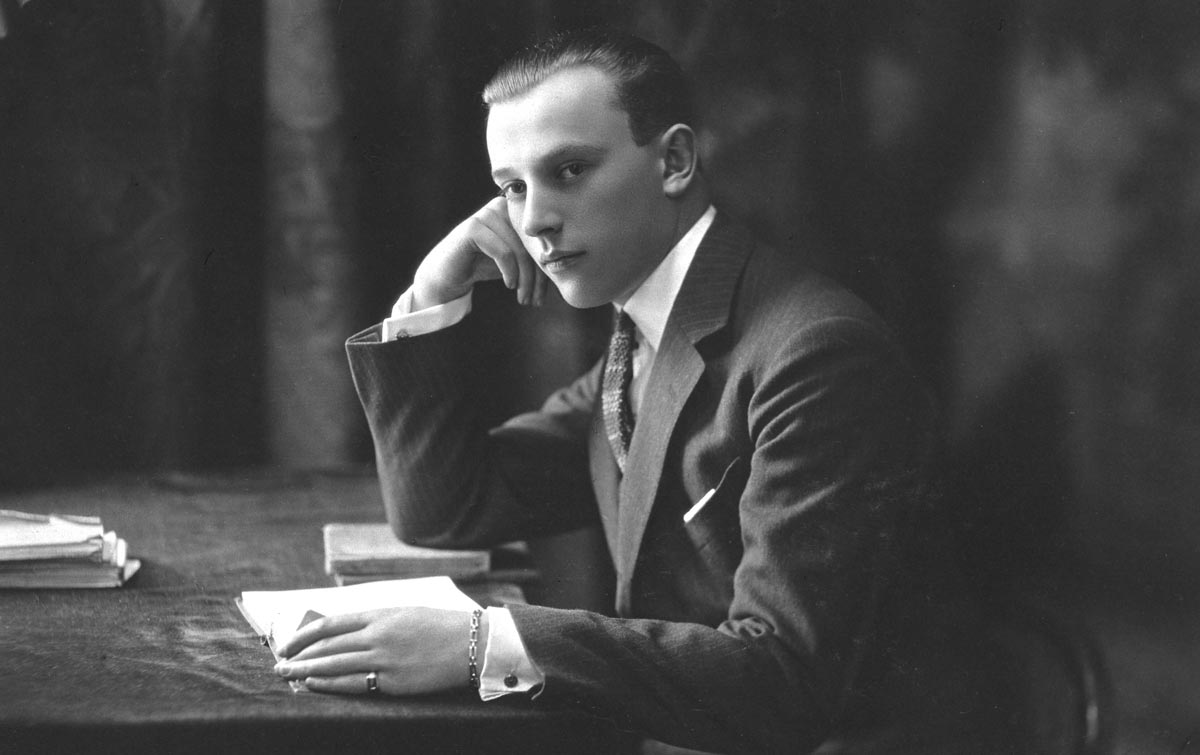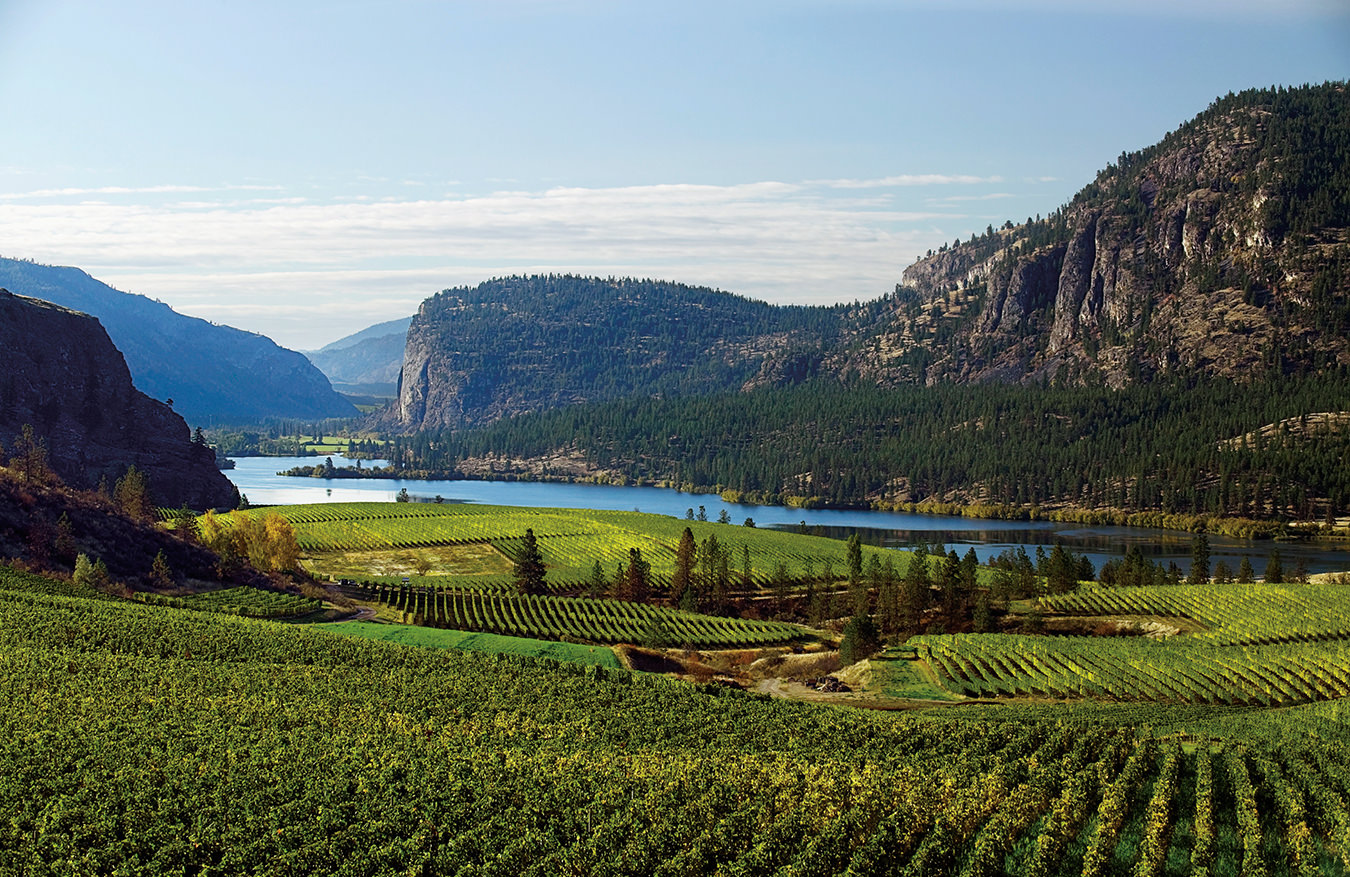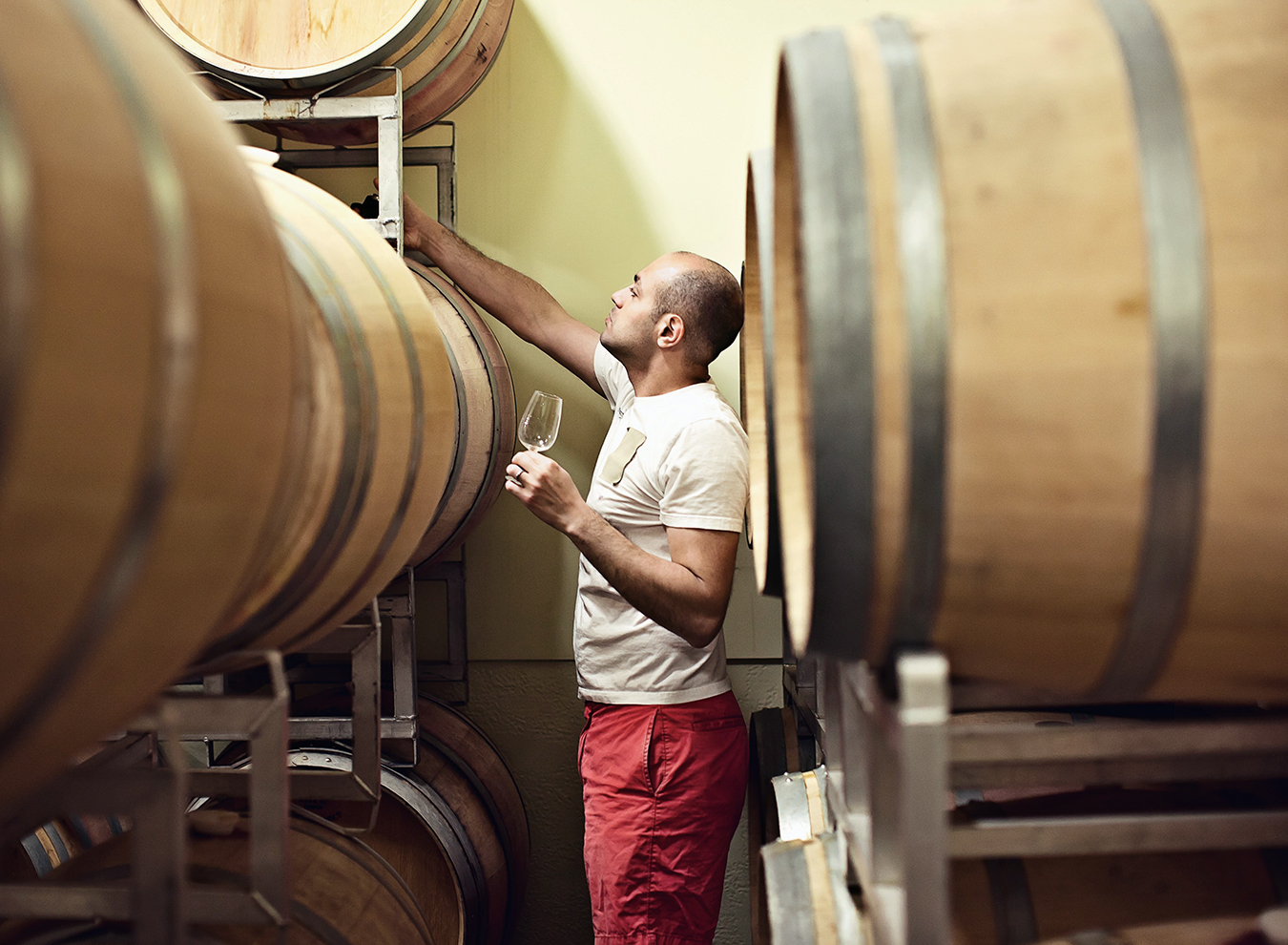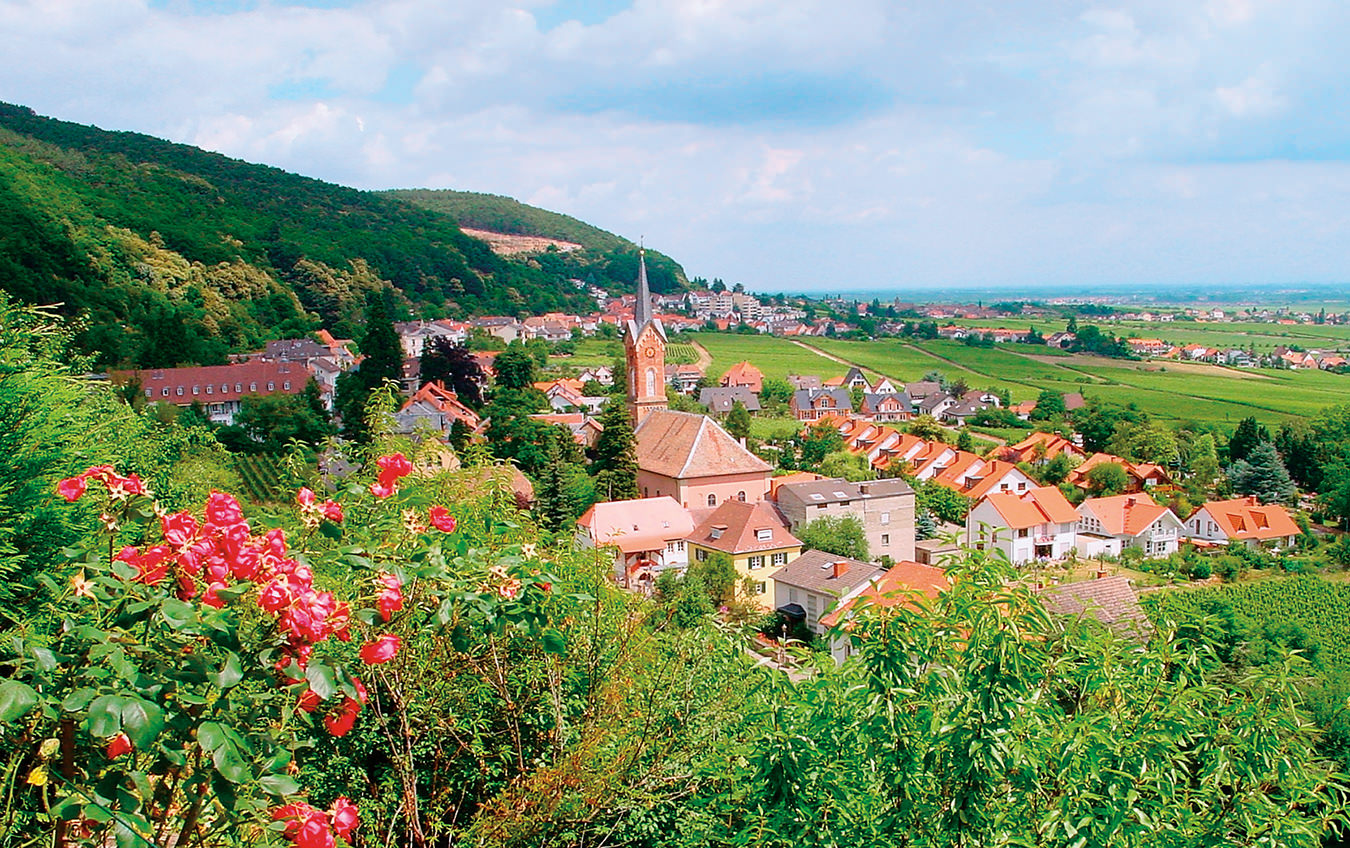Mouton Cadet: How One French Winemaker Survived the Great Depression
From glut to glam.

It was 1934, and the Great Depression continued to eat at jobs and prosperity. Bordeaux’s wine producers, like their counterparts elsewhere in France, had millions of litres of unsold wine— despite the fact that the French drank more wine per capita than any other country on Earth. At about 120 litres a year, it was almost three times the current rate and there was no room for growth.
The depression meant there was not much demand for French wine internationally, either. Sales of all French wines were down, and Bordeaux’s exports fell by half between 1929 and 1934 as tariffs were raised, currencies were devalued, and wine-drinkers reduced their consumption. In the United States, the end of Prohibition in 1933 might have given a bump to wine sales, but economic conditions kept people from drinking as much as they had before Prohibition.
To make matters worse, the Bordeaux grape harvests of 1930, 1931, and 1932 were of poor quality, while 1933 and 1934 saw bumper crops. The result was a growing glut of wine, much of it mediocre. Some was converted to ethanol to fuel cars, restaurants were urged to include wine in prix fixe meals, and doctors testified that drinking more wine was healthy. There were bizarre proposals to serve wine to school children during recess and to have cyclists on the Tour de France set an example by drinking wine rather than water.
As Bordeaux’s producers flailed around looking for a solution, Baron Philippe de Rothschild — the owner of what was then Second Growth Château Mouton-Rothschild — found one. He blended the wines from 1930, 1931, and 1932 that were not good enough for his first wine and created a new brand: Mouton Cadet.
Mouton Cadet became one of the world’s most successful wines intended for mass consumption. It was initially only a red wine labelled with the Pauillac appellation, the same as Château Mouton Rothschild, but as Mouton Cadet’s popularity grew, Rothschild had to source grapes from other appellations. By 1947, just after World War Two, Mouton Cadet was labelled AOC Bordeaux, a basic Bordeaux wine, and its consistent quality ensured good sales. A white blend was added in the early 1970s and by 1975 sales of Mouton Cadet reached 3 million bottles.
Having made red and white Mouton Cadet a success, the Rothschilds began to diversify it. From the mid-1990s a Reserve line was created to offer wines with some aging potential, and grapes were sourced from specific appellations: Saint-Emilion, Graves, Médoc, and Sauternes. Most recently a Mouton Cadet Reserve Pauillac was added to the line, this one sourcing some of its grapes from the same vineyards as Château Mouton Rothschild — which is now a First Growth.
Mouton Cadet began as a generic red Bordeaux and evolved into a range that includes red, white, and rosé wines from some of Bordeaux’s best-known appellations. And it evolved from a big-production wine intended for the mass market to one that includes small-production wines for more limited markets. Today Mouton Cadet sells 12 million bottles a year in 150 countries— a remarkable achievement for a brand initially designed to deal with a glut of grapes in the early 1930s.
Some current Mouton Cadet wines:
Mouton Cadet Blanc2017 (AOC Bordeaux) A blend of two-thirds sauvignon blanc and a third semillon, with a touch of muscadelle, it’s fresh, clean, flavourful, and juicy.
Mouton Cadet Rosé 2018 (AOC Bordeaux) Mostly merlot, with some cabernet sauvignon and cabernet franc, it’s delicious, crisp, and refreshing—a serious rosé.
Mouton Cadet Rouge 2016 (AOC Bordeaux) About 85% merlot with cabernet sauvignon and cabernet franc, it’s a lovely red in the claret style, with clean acidity, solid fruit, and a light nip of tannins.
Mouton Cadet Réserve Saint-Emilion 2016 (AOC Saint-Emilion) A blend of merlot (85%) and cabernet franc, this is a concentrated, complex, and quite elegant red with a soft texture and easy-going tannins.
Mouton Cadet Réserve Pauillac 2015 (AOC Pauillac) The grapes are sourced from three Classified Growth vineyards and the blend is merlot (58%), cabernet sauvignon (32%), and cabernet franc. It’s a bold blend with real finesse and offers rich and layered fruit, well calibrated acid, moderate tannins, and some juiciness.
_________
Never miss a story. Sign up for NUVO’s weekly newsletter here.




